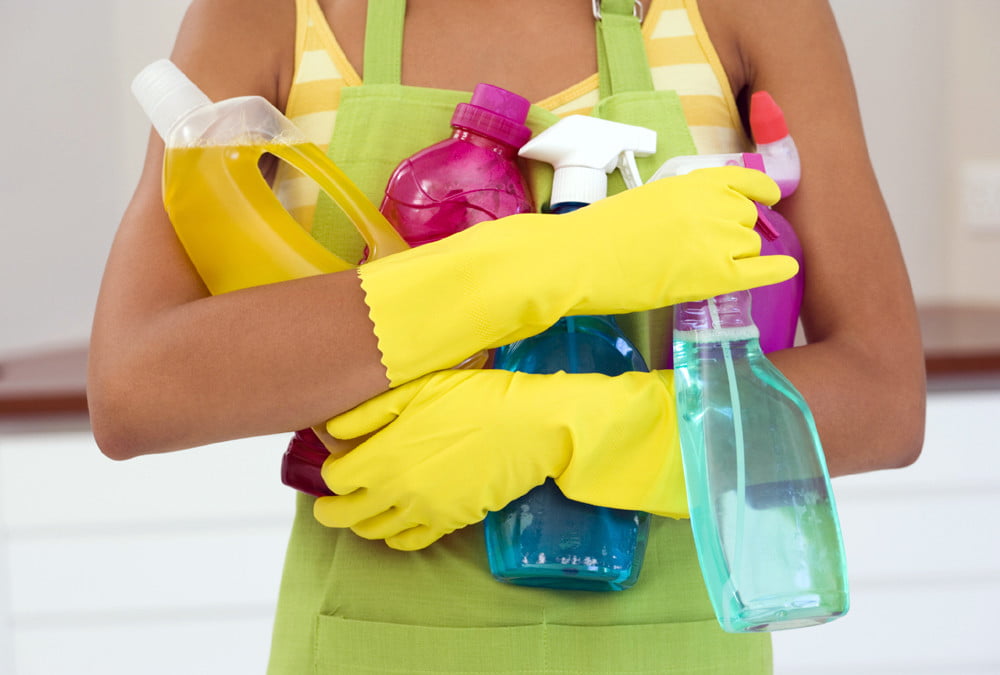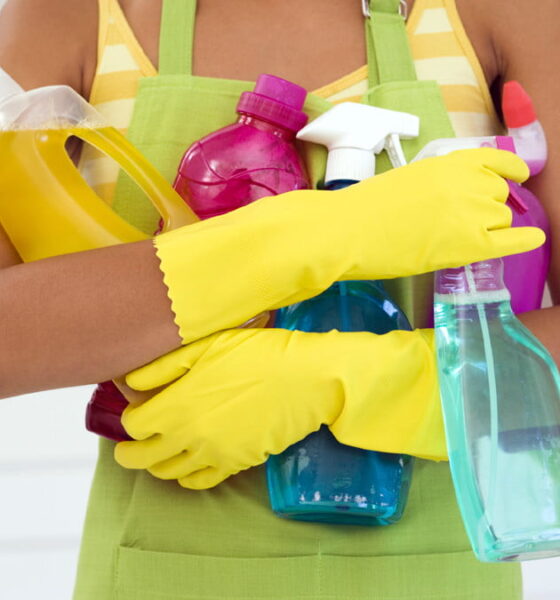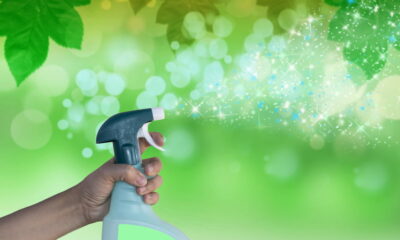If you’ve been shopping for cleaning supplies recently, you’ve likely seen a variety of “organic” household cleaning products, and products that claim to be better for the environment, in one way or another. With the wide variety of cleaning products available, it’s a challenge for consumers to understand which products are “environmentally friendly” and which ones aren’t—even if the label claims the product holds some benefit.
Of course, the root of the problem is in the terminology; “environmentally friendly” doesn’t tell you much about how the ordinary version of a product harms the environment, or why this specific product is better. So how exactly do cleaning products affect the environment in the first place?
There are a number of things that you need to think about when you are trying to clean a building in an environmentally responsible way. One factor to look at is whether you are cleaning your own home or a building you manage. The green tenancy cleaning process is different.
Toxic Chemicals
Many cleaners are based on chemicals that are harmful to consume—both for humans and other animals and plants in the environment. The Environmental Protection Agency (EPA) categorizes many of these chemicals as “volatile organic compounds,” which can be harmful in different ways. These chemicals include phosphorous (which constitutes about 30 to 40 percent of dishwasher detergents), nitrogen, and ammonia.
When you use these chemicals in your toilets, sinks, dishwashers, or other appliances, the chemicals are eventually rinsed down the drain. The water then heads to waste water treatment facilities, where the majority of contaminants are removed before the water makes its way back to rivers and lakes. However, not all the contaminants from these chemical products are removed, and over time, they can build up to have a substantial and negative effect on the wildlife. Some compounds actually accelerate plant growth, which can lead to dense vegetation that interferes with animal life and eventually decays in equally massive quantities.
Greenhouse Gasses
Old-school aerosol cans used chlorofluorocarbons (CFCs) as a primary propellant, and those chemicals contributed significantly to ozone depletion and climate change. Thankfully, those dangerous chemicals are now illegal in the United States, and all those propelled cans you use are almost certainly free from CFCs. However, those volatile organic compounds (VOCs) referenced in the preceding section can also have a detrimental effect on ground-level ozone levels—which means in large enough quantities, they can contribute to global climate change.
Fuel Costs
If you’re buying mass-produced cleaning products from a major manufacturer, chances are, the product was created many miles from you, and had to undergo several phases of travel to get to your location. All that transportation has an environmental cost, though you may not realize it; trucks, ships, and other transportation methods all use fossil fuels primarily to ship their goods, which means every commercial product you buy has a fractional, but measurable impact on the environment. Locally sourced and homemade products will have a substantially reduced impact.
Packaging
Most commercial cleaning products are also packaged with the intention to be disposable. Though the plastics used in most products is technically recyclable, many people simply throw the products away when they’re empty. Since plastic is not biodegradable, it occupies landfills indefinitely, and accumulates in mass quantities over a period of years. Leftover VOCs in partially empty containers can also cause problems in disposal sites, affecting animal life and vegetation.
Thankfully, many cleaning product companies are making significant adjustments to how they create, package, and distribute their cleaning products. The label alone may give you some insight as to how they’re accomplishing this (and what the end result is), but ultimately, you’ll have to do some of your own research to find out the true extent of the damage being prevented.


 Environment10 months ago
Environment10 months agoAre Polymer Banknotes: an Eco-Friendly Trend or a Groundswell?

 Environment11 months ago
Environment11 months agoEco-Friendly Home Improvements: Top 7 Upgrades for 2025

 Features9 months ago
Features9 months agoEco-Friendly Cryptocurrencies: Sustainable Investment Choices

 Features10 months ago
Features10 months agoEco-Friendly Crypto Traders Must Find the Right Exchange























